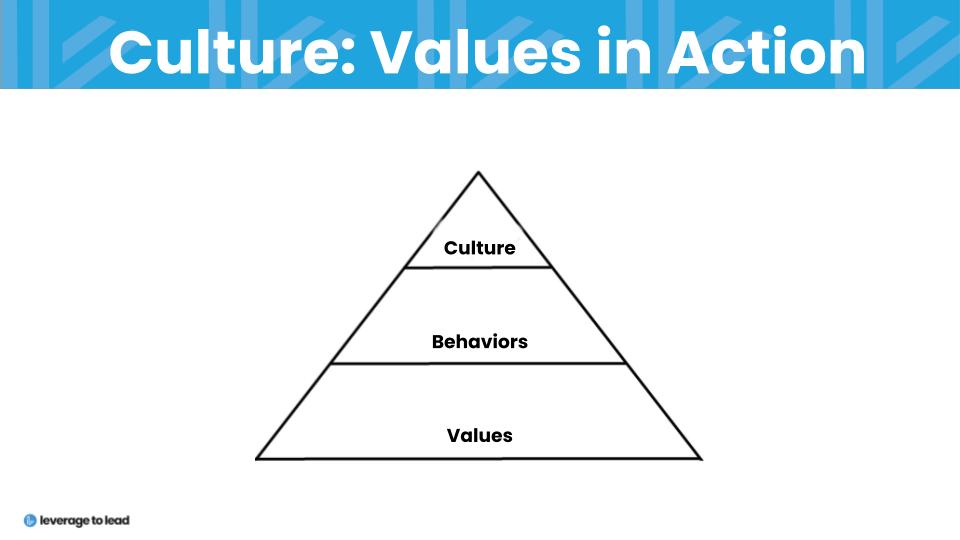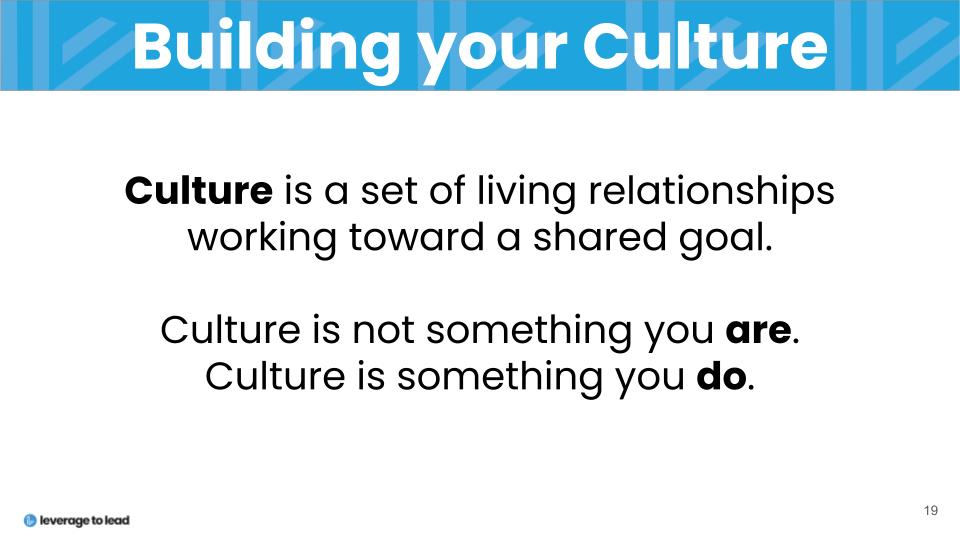Creating an Equitable Compensation System
More than ever, values-driven employees are seeking organizations with cultures built on humanity, care, balance, transparency, and equity. A recent study showed that 85% of recent graduates say they are less likely to apply for a job that doesn’t disclose the salary range in the job posting.
Caring for employees’ humanity goes far beyond wellness and benefits. An organization’s very structures, systems, and practices are the foundations for equity.
Entrenched Inequity: Compensation
Despite nearly 100 years of federal attempts to achieve pay equity, including the Fair Labor Standards Act of 1938, the Equal Pay Act of 1963, the Family and Medical Leave Act of 1993, and more, we still do NOT have pay equity in our workplaces and culture. Federal laws have gaps and loopholes. States have taken to writing their own pay equity laws.
Employers can take the lead on pay equity and create workplaces where people thrive with psychological safety, high standards, and a transparent and equitable compensation system.
Pay equity is about more than matching salaries. Because compensation is a system and a philosophy rooted in your organization’s values.
How can you get started?

7 Steps to Pay Equity
Designed for C-Suite, HR, and Finance leaders, “Creating an Equitable Compensation System,” provides the context, shared vocabulary, human-centered philosophy, and concrete steps to create and execute a pay equity strategy.
Based on earnings data from the U.S. Census Bureau, at our current rates of improvement,
it will take over 200 years
until Black and Hispanic Women achieve pay equity with white male workers.
Program Highlights
-
- 2-hour interactive and facilitated session
-
- Virtual and in-person options available
-
- Session can be presented over multiple meetings, with individual processing meetings between
-
- Session can be integrated into a retreat, professional development, onboarding, or other training programs
-
- Strategy and advisement meeting to tailor the presentation to your organization and team needs
-
- 2 facilitators with decades of experience in equity-focused and human-centered finance and HR.
-
- Options for ongoing support as you build your pay equity strategy


Topics
-
- Understanding the history and context of pay inequity
-
- The financial and cultural impact of pay inequity in your organization
-
- How to build pay equity into your culture
-
- 7 steps to creating pay equity, including:
-
-
-
- Identifying the components of pay equity
- Understanding your employee population
- Conducting a pay equity analysis
- Examining and assessing your current compensation practices
- Creating structures to support pay equity
- Pay equity training for all employees
- How to continuously monitor your structures and practices
-
-
Ready to start building pay equity?
Your Faciltators

